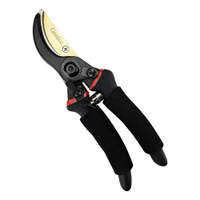When to prune rosemary: experts share timing tips, plus advice on how to do it
Knowing how and when to prune rosemary is key to helping these fragrant shrubs thrive
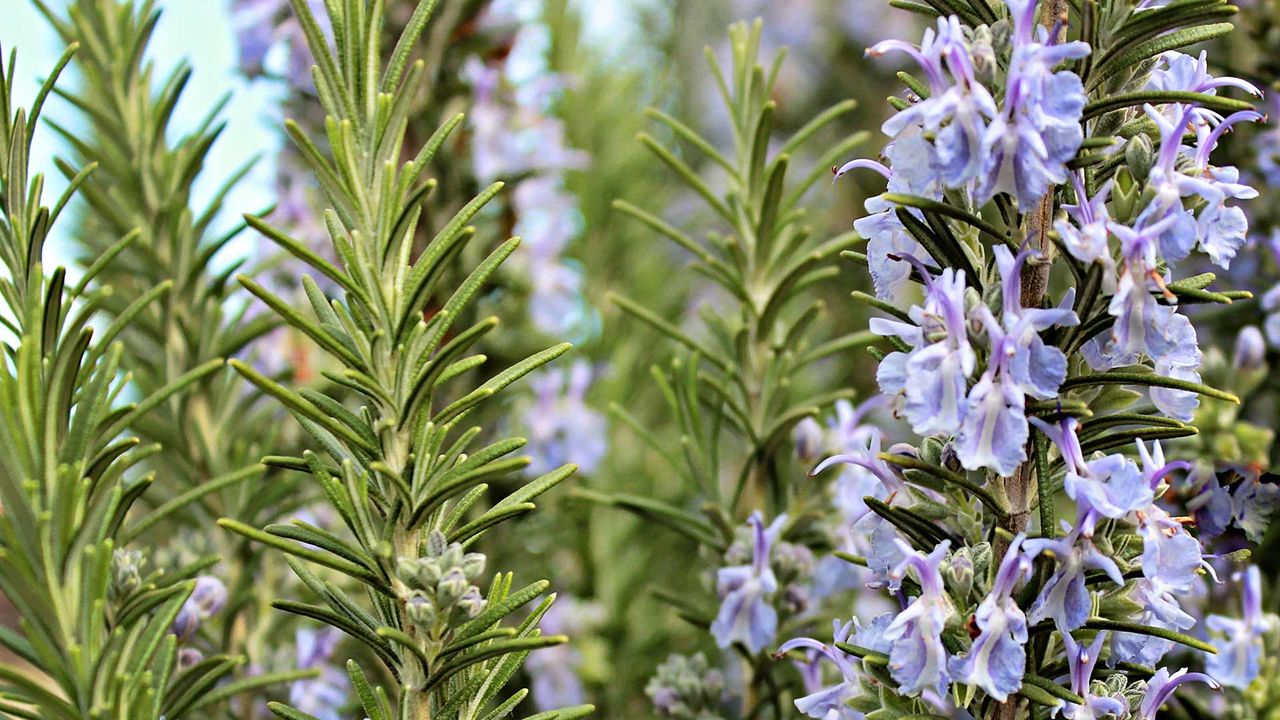

Knowing when to prune rosemary, and how exactly to go about it, is important if you're growing it in your garden. A regular trim prevents these flowering shrubs from becoming unruly. But, with the wrong timing and technique, you may risk damaging your plant.
Growing rosemary fits alongside the vegetable garden trend perfectly, as the evergreen herb is a versatile ingredient in the kitchen. It also works beautifully in a Mediterranean-style garden, and the blue (or sometimes pink) spring flowers are a magnet for bees.
Pruning keeps rosemary looking tidy, but don't start snipping away at it with wild abandon. Just like when pruning hydrangeas, a bit of know-how and some good quality tools are needed. Below, the experts share their tips to help you get the best results, including the key mistakes to avoid.
How and when to prune rosemary, according to gardening professionals
Don't forget that healthy rosemary cuttings can be used fresh or dried in a myriad of recipes, from roast potatoes to homemade bread. You can even use a sprig to garnish a low-calorie cocktail.
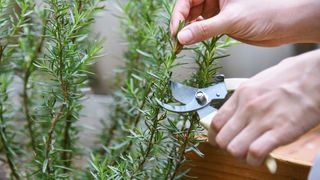
Pruning rosemary keeps its size under control
When to prune rosemary
In terms of when to prune rosemary, Craig Wilson of Gardener's Dream recommends late spring or early summer, just after it flowers. This gives new growth plenty of time to establish before frosts set in later in the year. Not only this, but he notes how the cuttings have the best flavour at this time if you plan to use them in the kitchen.
If you miss this window and want to trim it back later in the growing season, aim to do so at least six weeks before winter weather sets in.
The time of day matters, too. The Crocus plant doctor recommends ticking off the task in the morning, "when the plant is well-hydrated and the sun is less intense." This is also a good time to prune tomatoes after they've been watered.
Sign up for the woman&home newsletter
Sign up to our free daily email for the latest royal and entertainment news, interesting opinion, expert advice on styling and beauty trends, and no-nonsense guides to the health and wellness questions you want answered.

Craig Wilson, co-founder and director of Gardener's Dream Ltd, has established himself as a key figure in the online gardening industry. With over two decades of plant knowledge and gardening experience, he takes pride in sharing his top tips and tricks for the garden.
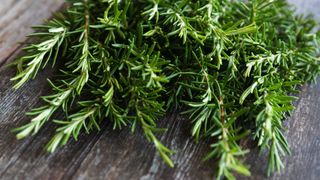
Healthy rosemary cuttings can be used in cooking
How to prune rosemary
Claire Hooper of Hillier Garden Centres recommends cutting rosemary back by around a third. This is similar to pruning roses.
She suggests focusing on cutting back the tips of the branches, aiming to keep the overall shape bushy and rounded. Avoid cutting into the woody, leafless stems. Any dead or diseased parts also need to be removed to help the plant focus its energy into the healthy growth, she adds.
Top tip: The Crocus plant doctor recommends making cuts just above a leaf node or a set of leaves. "This encourages new growth from that point."

Claire is the plant area manager at Hillier Garden Centre in Winchester. Her role includes overseeing the day-to-day running of the plant area, as well as managing the plant team. Her love of plants extends further than the workplace; Claire is a passionate allotment holder and spends much of her free time tending to her plot and garden.
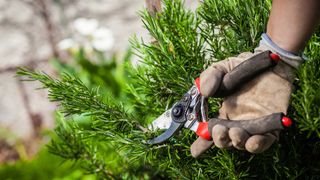
Avoid cutting down into the woody parts of the plant
FAQs
What tools should you use to prune rosemary?
High-quality tools make pruning rosemary a breeze. We love the look of these Niwaki mini shears from Crocus for larger shrubs. A pair of secateurs are perfect for smaller plants and can be used for deadheading plants, too.
Craig says, "Just make sure to avoid using anything blunt that might cause damage to the plant. Also, don’t forget to clean your tools before and after pruning to prevent any contamination."
Before you start, you may also want to pop on a pair of gardening gloves, such as these ones from Sarah Raven, and invest in a tub, such as this 42-litre one from Crocus, to collect the clippings up neatly.
Gonicc 8" Professional Secateurs: RRP: £29.95 Now £12.81 at Amazon
These very well-rated bypass secateurs are ergonomically designed and include a titanium steel blade – perfect for cutting back stems.
What are some common mistakes to avoid when pruning rosemary?
Be careful not to prune too much of your rosemary at once, as Craig warns this can impact the chance of it growing back. "It’s best to stick to only trimming about a third of the way down to avoid stunted growth." Keep this gardening tip in mind when pruning lavender in springtime, too.
The team at Wilkinson Sword Tools also advise against pruning during extreme temperatures (either too hot or too cold). Some other garden jobs should also be avoided during these conditions: cutting grass in the heat can be problematic, for instance.
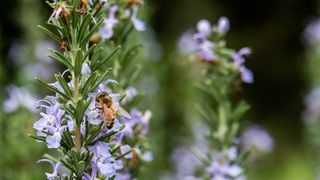
The spring flowers attract beneficial pollinators
My rosemary is very leggy – can I prune it back hard?
Cutting rosemary back hard can be risky, so it's generally recommended to replace very leggy and woody shrubs instead. For a low-cost option, consider propagating new plants from cuttings. For a quicker solution, rosemary plants are available from Crocus.
Herbs are the perfect way to increase the sensory appeal of a garden, but to give your interior a boost, why not learn how to grow herbs indoors, too? Our guide is full of simple tips to help you try it.

The garden was always a big part of Holly's life growing up, as was the surrounding New Forest where she lived. Her appreciation for the great outdoors has only grown since then; she's been an allotment keeper, a professional gardener, and a botanical illustrator. Over three years ago, Holly started writing about plants and outdoor living full-time, first for Gardeningetc.com and now for popular lifestyle titles such as Homes & Gardens.
-
 I cannot believe how quickly this tool dries my hair – the Shark FlexStyle tackled my thick midlife mane in minutes
I cannot believe how quickly this tool dries my hair – the Shark FlexStyle tackled my thick midlife mane in minutesShark has a shiny new limited edition FlexStyle, but it's not the colour that wows me about this powerful device
By Kerrie Hughes Published
-
 A classic at any age – Jennifer Aniston's timeless way to style a black blazer, boots and white jeans
A classic at any age – Jennifer Aniston's timeless way to style a black blazer, boots and white jeansBored of blue denim? Jennifer Aniston's white wide leg jeans are the perfect elevated casual staple
By Charlie Elizabeth Culverhouse Published
